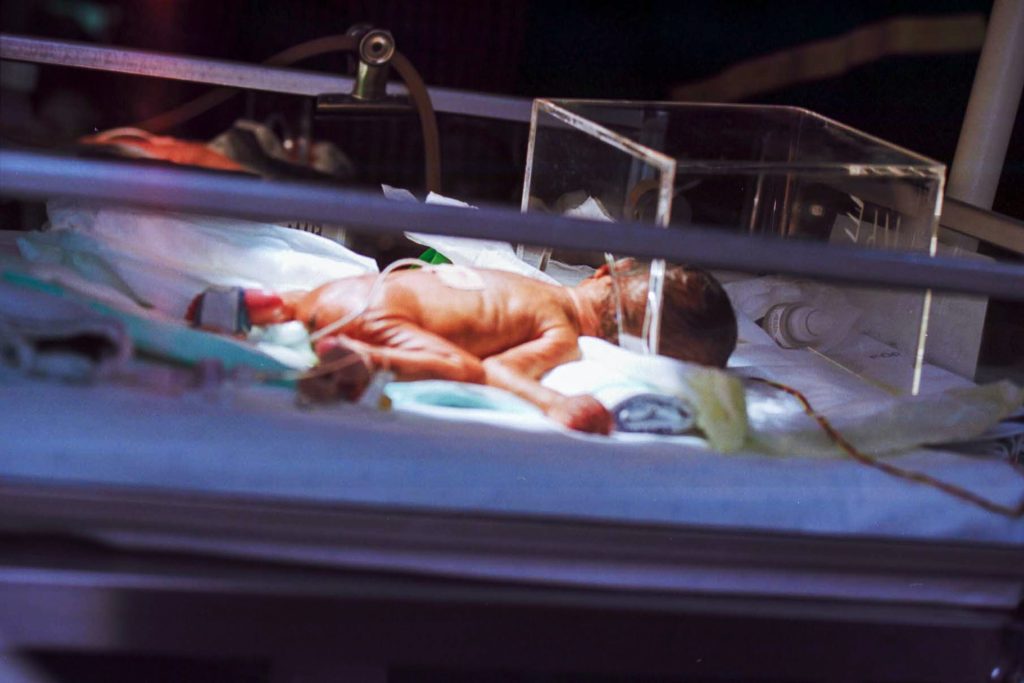Preterm Babies Receive Insufficient Pain Management

A large proportion of babies born very early need intensive care, which can be painful. But the healthcare system fails to provide pain relief to the full extent. This is shown by the largest survey to date of pain in neonatal care, now published in the journal Pain.
Every day for 4.5 years, neonatal care staff have recorded the occurrence of pain, the causes of pain, and how pain is assessed and treated in premature babies in Sweden. The study covers 3686 babies born between 22 and 31 weeks of gestation from 2020 to 2024. The total observation time was just over 185 000 days of care. Data were collected in the Swedish Neonatal Quality register.
In the evaluation of the register data, the researchers found that babies born extremely early, in weeks 22 to 23, had the highest proportion of painful medical conditions and almost daily painful intensive care procedures throughout the first month after birth. However, this is not surprising.
“There is a strong correlation between acute morbidity and being born very early. The earlier a baby is born, the more intensive care it needs. Intensive care involves procedures that can be painful, such as ventilator treatment, tube feeding, insertion of catheters into blood vessels and surgical procedures. It also requires various tests and investigations that may involve pain,” says Mikael Norman, professor of paediatrics at the Department of Clinical Science, Intervention and Technology, Karolinska Institutet, and lead researcher of the study.
90 percent of the most extremely preterm infants had to undergo painful procedures. Despite this, healthcare professionals reported that only 45 percent of babies experienced pain – which may be because pain was largely prevented or treated. However, a check of the drugs administered suggests other explanations may exist.
“Somewhat surprisingly, the smallest babies who were most exposed to pain had the lowest proportion of treatment with morphine. This may be a case of undertreatment,” says Mikael Norman.
Could not determine duration of pain
One limitation is that the study could not determine the duration or severity of pain for each day reported.
“The caregivers only answered yes or no to the question of whether the infant had experienced any pain in the last 24 hours. This could range from short-term, so-called procedural pain from for example a needle prick during a test to more continuous pain due to various medical conditions.
“Much is done to alleviate pain in babies. No child in neonatal care is left with severe pain untreated,” he continues.
However, it is a problem and a challenge that healthcare professionals are not always able to determine whether children are in pain.
“This involves developing better rating scales or physiological techniques to measure pain. Better pain treatments are also needed, perhaps with combinations of drugs with less risk of side effects,” says Dr Norman.
It is very important to improve pain management for premature babies, as we now know that their development is negatively affected by the strong signals in the brain that pain causes.
“The vision for all neonatal care is to be pain-free. The results of this survey will be of great importance for improving neonatal care and for future research in the field,” concludes Mikael Norman.
Source: Karolinska Institutet

